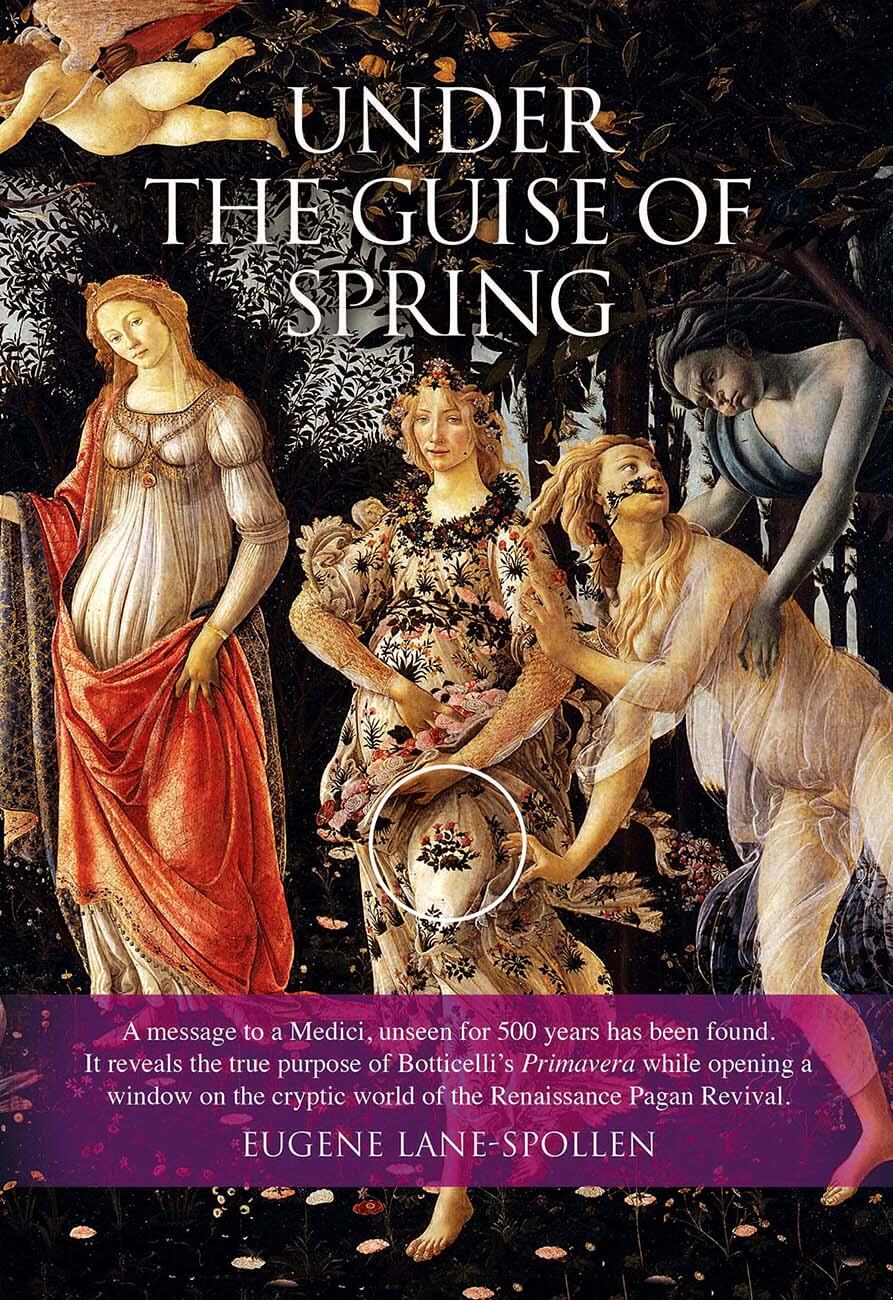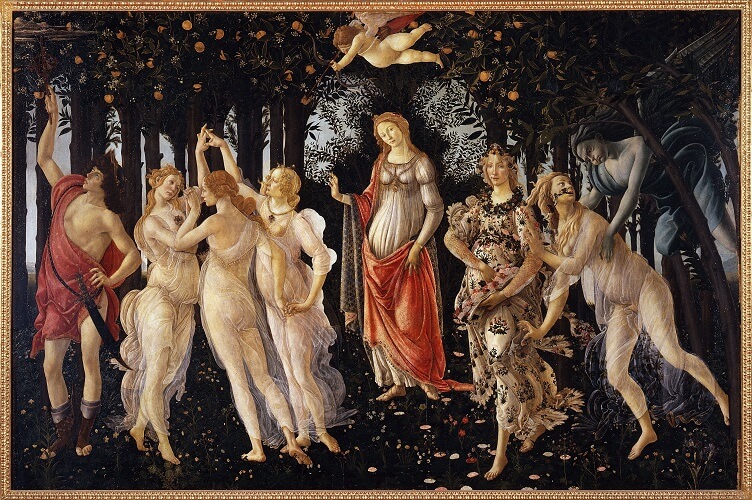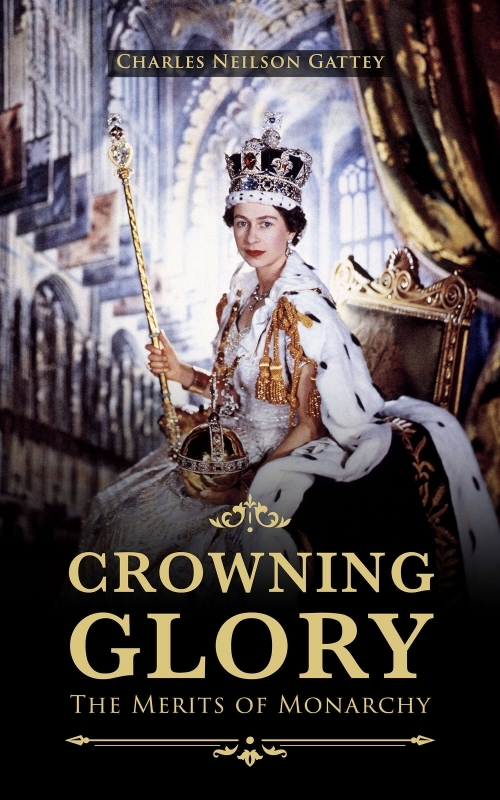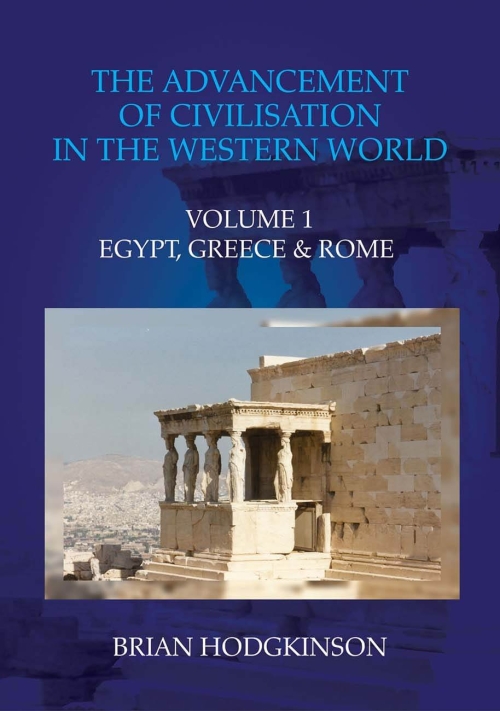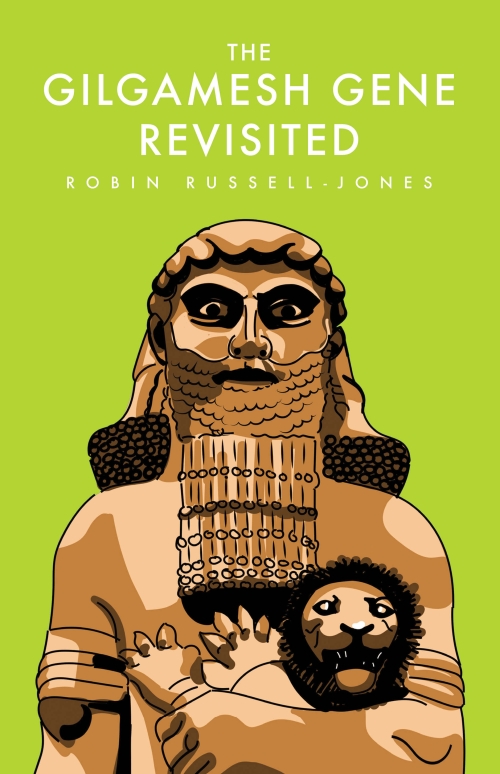Description
Chosen for Autumn 2014 PEOPLE’S BOOK PRIZE COLLECTION for Non-Fiction
Reprinted with additional material June 2020.
A chance discovery provided the author with the key to unlocking the centuries old enigma of Botticelli’s Primavera, a masterpiece painted for the private viewing of a Medici. Its pagan figures in a paradisical spring meadow illuminated the cryptic world of the Renaissance pagan revival. Botticelli’s allegory emerged to address its personal message to a young Medici. Botticelli’s cleverly disguised message for Lorenzo Minore, is to be found on the right side of La Primavera, where Chloris draws Zephyr’s attention to it. This book is extremely well researched and beautifully produced with eighty color plates. Lane-Spollen clearly explains the fusion of Christian and pagan imagery which is reflected in La Primavera, placing it in the wider context of Italy’s religion and politics. The author employs a readable style which will make this book suitable for those familiar with this period looking for more detail about a beloved painting, and those who are new to the Renaissance and Art History. Lane-Spollen gives a clear overview of why and how Botticelli conveyed his message in disguise. An esteemed circle of scholars around the Medici, disillusioned with a worldly and corrupted medieval Church, searched for a purer, unadulterated Christianity in the pre-Christian foundations of their faith. This was a sensitive occupation in a society where the reach of the Church was present in all matters public and private. In 1460 a manuscript was brought to Cosimo de’Medici. Its author, Hermes, was revered by Augustine and the early Church Fathers. Its revelations on the true nature of Man held the evidence they were seeking and stood in stark contrast to the medieval Church view in which the lowly humble sinner must throw himself on the mercy of the Church for his redemption.
The Hermetic corpus which so inspired the Medici circle, saw Man as unique among all species, of unlimited potential and possessing a ‘spark of the Divine’. As Burckhardt noted, “it became the breath of life for all the most instructed minds of Europe”. For medieval man, it heralded his rebirth, his Renaissance.
Expressing this newly discovered ‘God-like’ being in art stimulated the creative imagination of Renaissance artists like Botticelli, Leonardo, and Raffaello.
Outline contents:
How the Discovery Came About, Introduction, Interpretations, A Very Private Location, The Medici – Violent Politics and Sublime Aspirations, Botticelli – Painter and Mystagogue, Classical Rebirth, First Encounter, A Madonna called Venus, The Esoteric Graces, A Medici as Mercury, Changing Natures, Cupid and the Bride, Flowery Language for a New Alliance, To Conclude, Appendices: Location and Dating, Poetry to Inspire a Painter, An Important Letter; Bibliography, Index.
______________________________________________
Author Details
Eugene Lane-Spollen, now retired from a senior management role in a multinational corporation, spends his time between Provence, the Far East, Ireland and Florence. He has devoted the last decade to researching the background to the subject. He shares his experience here:
“I WALKED not far from where Botticelli lived and worked and along the narrow streets retracing the footsteps of Verrocchio and Michelangelo, where the workshops of great artists had once teemed with aspiring apprentices. I passed the palazzi of the merchant aristocracy and turned towards the austere Medici palace near where the ‘old house’ of Cosimo de’Medici once stood, and then to the famous cathedral where Lorenzo the Magnificent’s brother was murdered during mass. A short distance away I looked up to the windows of the ancient seat of government from which a fully robed archbishop was hanged, and in front of which the Dominican friar Savonarola was burned at the stake. Just beyond the corner of the piazza, I entered the portico of the Uffizi. I took the little elevator to the Leonardo and Botticelli rooms where people drifted from picture to picture. Nobody was standing in front of the famous Primavera. Fascinated by the idea that behind its beauty lay some unfathomable meaning, I settled down to absorb its mood. I remember thinking that the room’s own sombre atmosphere shared an ambiance with this strangely joyless spring. The figures were not only detached from each other, but also from the moment. The cadenced dancers, their awkward hand structure, the seemingly remote Mercury and the unusually chaste Venus – all were composed in a different key from the late medieval conception of spring. I was examining the dark, tall trees with their vaulted spaces in between when a group of latecomers arrived. Though I was still intrigued, the moment had passed. I gathered myself and my questions together and made my way out under the portico to where statues of Lorenzo the Magnificent, Marsilio Ficino, a Medici tutor and Florence’s leading philosopher, and Leonardo da Vinci presided from their alcoves. For them, like the owner of the painting, there would have been no mystery. My fascination with this famous enigmatic painting persisted through the Provence winter and much of the following summer. Finally I was drawn back, entertaining a hope that my interim reading and a fresh look would deepen my understanding. I took up a position on the same bench and, with the aid of a very small pair of binoculars I was in the habit of carrying, examined an area of the painting which had previously caused me to hesitate. After several minutes Botticelli’s extraordinary communication took form. Being in full view, it is there for all to see. As it dawned on me that, by the nature of his message, the painter had revealed his subject – the elusive genre which removed the single biggest obstacle to a full understanding of the painting – I knew I was committed. Little did I realise the nature of the journey I was embarking upon or the riches I would encounter. Before that second visit I had felt that my observations contained a hint of something. That afternoon I knew that they did, and also what that something was.”
______________________________________________
Reviews
“This was a delightful book to read and review. It is beautifully produced, with a large number of excellent colour photographs, together with a separate colour print of La Primavera included for reference. Throughout the book are close-ups of the parts of the picture under discussion, as well as a number of other works of art which are of interest. Not being a lover of art of this period, I was at first a little dubious as to whether I would find anything in it to excite me. I need not have worried.”
Rosemary Arthur, Faith and Freedom – Read more here.
“A thoroughly entertaining, page-turning experience! For all lovers of art, of history, of mystery, of beauty – this book is a gem. Immaculate research, exquisite writing.”
Amazon customer review – Read more here.
“An engaging book that should appeal to Botticelli scholars and to anyone drawn to this cultural period in Renaissance Florence.”
Gabrielle Langdon, Art Criticism Today
“Even if you are not normally drawn to books exploring the symbolism of art, you will be richly rewarded if you read this book. The thoughts and words expressed in it are not only inspiring and illuminating, but match the breadth and depth of the masterpiece itself. If Botticelli could paint a book, this might be it! … It is not a dry and cerebral study in brush strokes but like one of those Russian Nesting Dolls, it reveals worlds within worlds.”
Elizabeth Medler, New Vision



